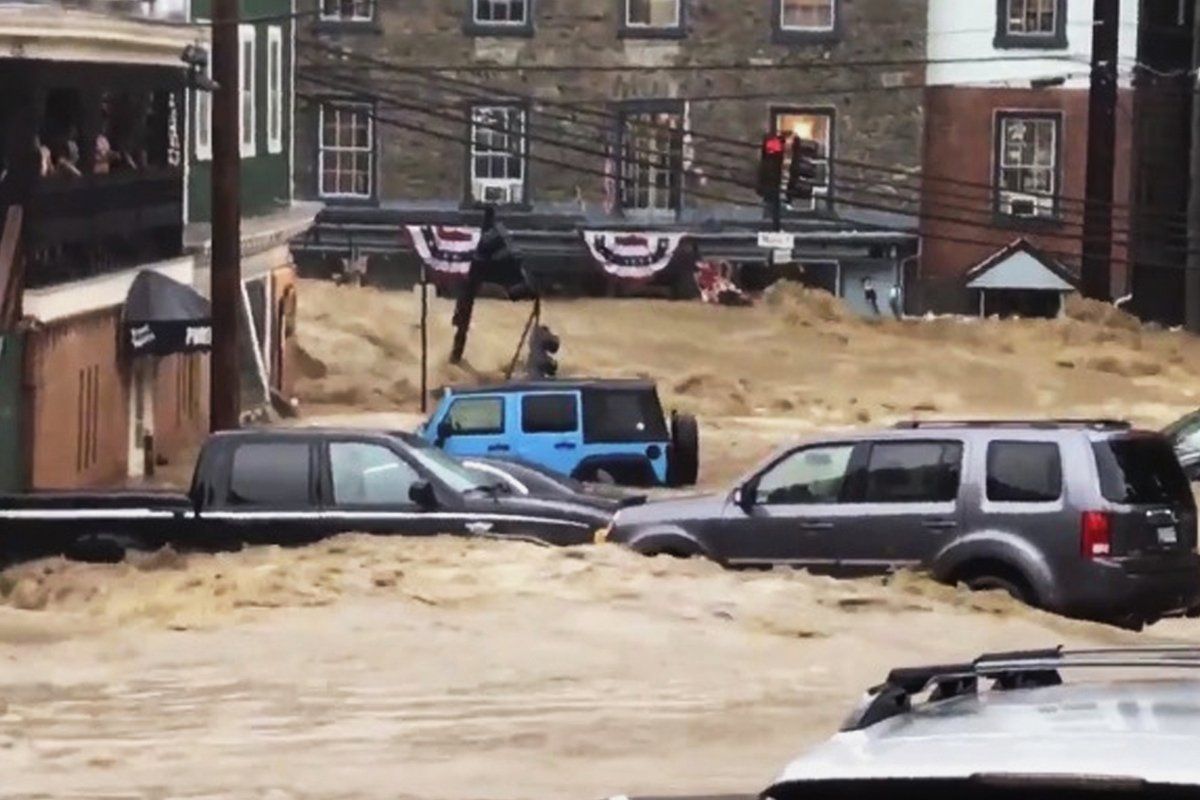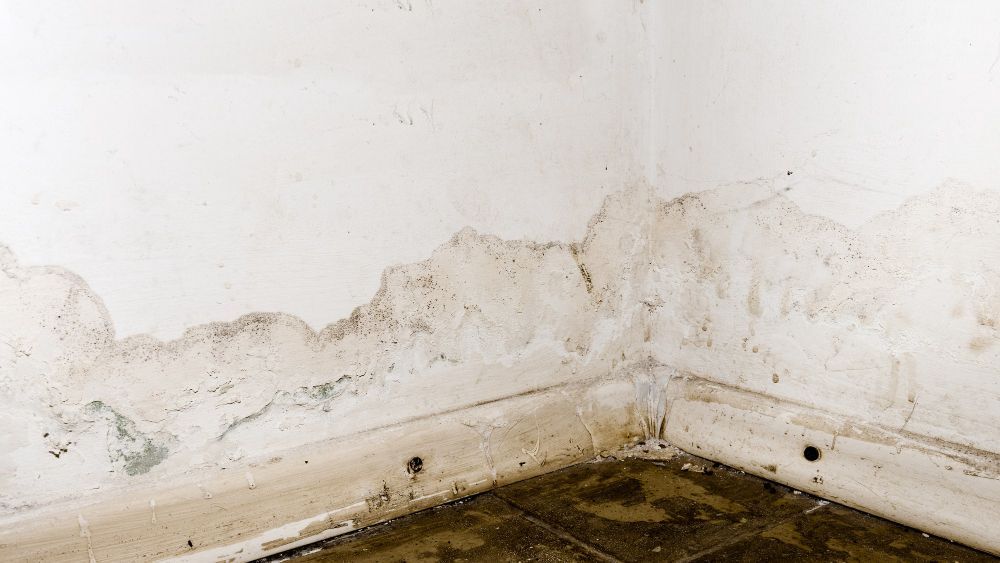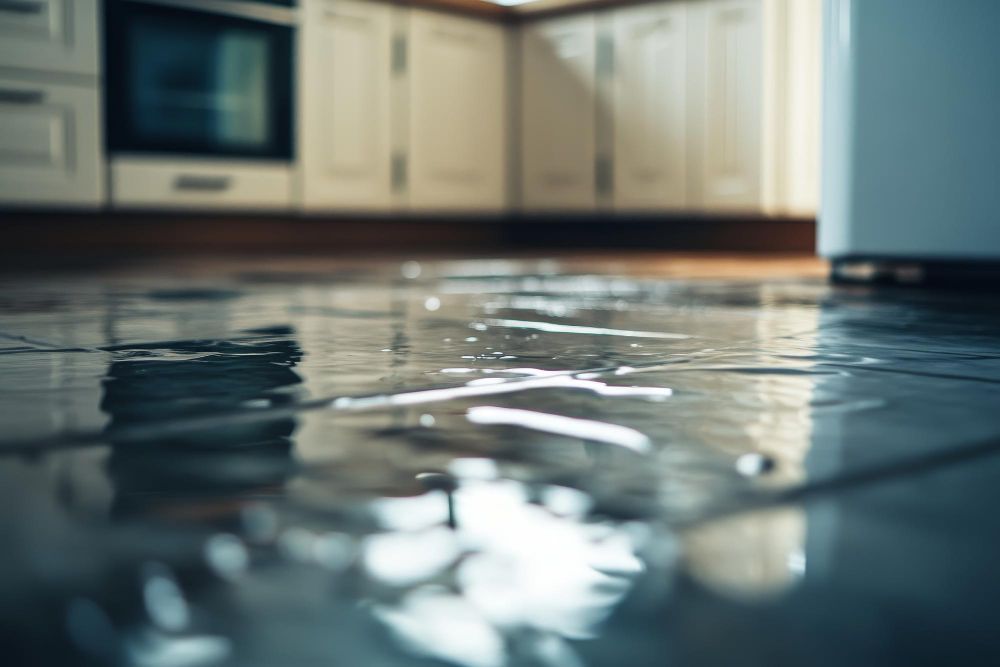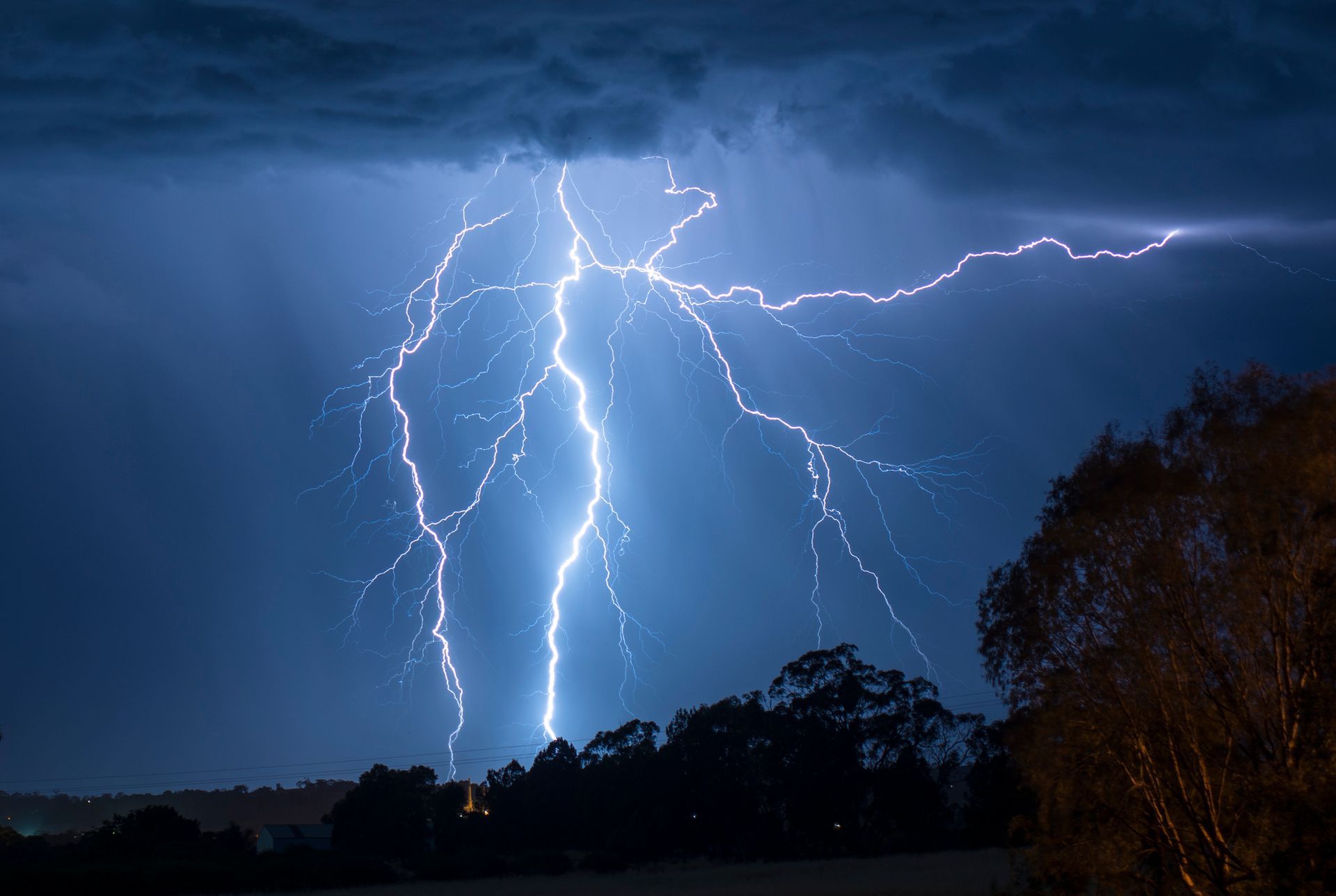
443-963-3718
Do you know what to do if you are caught in a flash flood?
Flash Floods can happen anywhere. Do you know what to do if you are caught in a flash flood in Central Maryland?

Every year floods force over 300,000 people out of their homes, claim 200 lives and cause an estimated 2 Billion dollars in water damages.
Most flash-flood deaths occur at night, and most of those are from people driving around where they should not be, like driving around barricades and ending up in washed out roads.
Spring and summer are the most common times for flash floods. Snowmelt runoff can saturate the ground with the water having nowhere to go and if you are in a dry climate, the summer ground dries hard and can’t absorb the water quickly enough. A few simple precautions can keep everyone safe in your home when a flash flood appears.
In your home!
- You should have an emergency supply kit that the whole household has easy access to and knows the location. It should contain enough supplies for your whole household for a minimum of three days. Don’t forget your pets.
- Devise an emergency plan and do practice drills so if the time comes, you all know what to do and where to meet. Know where the government emergency shelters and plans are in your area in case you need to go there.
- Make sure to have a battery-operated radio and flashlights with spare batteries.
- Make sure to check with your insurance agent ahead of time to see if you have the needed coverage. Many flood insurance programs require that you sign up 30-60 days prior to a flood event in order for coverage to take place.
Flash foods will generally occur with 6 hours of heavy rains.
To stay safe on the road!
- Be ready to get out of your vehicle and go to high ground.
- Stay out of areas that are prone to flooding such as canyons and low-lying areas.
- Never attempt to cross a flooded area on foot. A mere 6 inches of water can knock you off your feet, especially if the water is moving rapidly.
- Never attempt to drive through flooded areas. The road under the water may not be stable and give way. It only takes 12 inches of water to float a vehicle.
- If your vehicle stalls, abandon it and move to higher ground to avoid rapidly rising water to engulf the vehicle.
- Do not park along rivers or streams during threatening conditions.
The difference between a watch and warning!
A Flash Flood Watch means the possibility of flooding is possible. Watch/listen for updates.
A Flash Flood Warning means flooding will occur soon or already is and it is advisable to evacuate.
If your property falls victim to a flash flood, call Restoration 1 of Central Maryland to assess the damage and begin the restoration process.










